Home>Gardening & Outdoor>Landscaping Ideas>When To Lime Grass
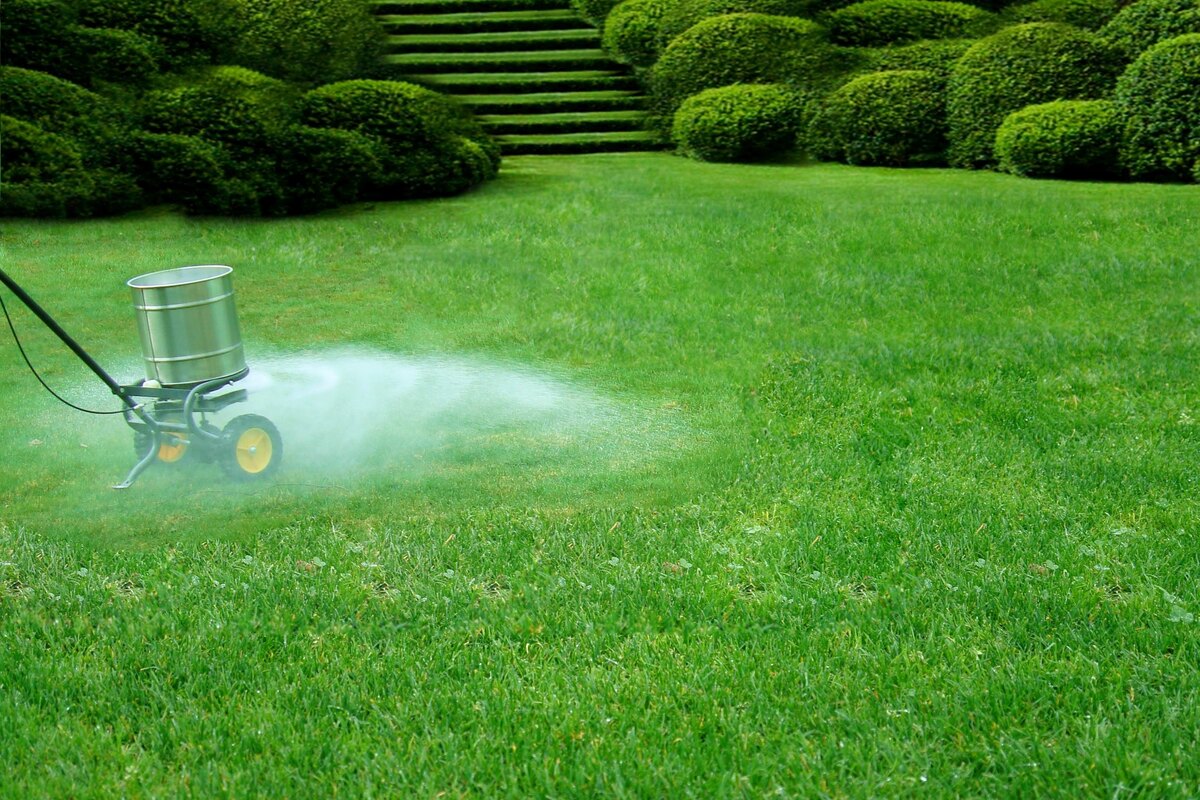

Landscaping Ideas
When To Lime Grass
Modified: February 18, 2024
Learn when to lime grass in your landscaping with our expert tips and advice. Keep your lawn healthy and vibrant with proper lime application. Discover the best timing for liming your grass today!
(Many of the links in this article redirect to a specific reviewed product. Your purchase of these products through affiliate links helps to generate commission for Storables.com, at no extra cost. Learn more)
Introduction
Welcome to the wonderful world of landscaping and lawn care! Keeping your grass healthy and vibrant requires a bit of know-how and a touch of finesse. One crucial aspect of maintaining a lush lawn is understanding when and how to apply lime. In this comprehensive guide, we’ll explore the ins and outs of liming your grass, from understanding what lime is to recognizing the signs that your grass is in need of a little pick-me-up. By the end of this article, you’ll be equipped with the knowledge to keep your grass looking its very best.
So, let’s dive in and uncover the secrets of lime and how it can work wonders for your lawn!
Key Takeaways:
- Lime helps balance soil pH, promoting healthy grass growth by making essential nutrients more available. It also supports beneficial soil microorganisms and aids in weed control.
- Signs your grass needs lime include poor growth, weed proliferation, yellowing, compacted soil, and acidic soil test results. Applying lime in fall or spring, before seeding, and in favorable weather conditions maximizes its effectiveness.
Read more: When To Put Lime Down On Grass
What is Lime?
Lime, in the context of lawn care, refers to agricultural lime or garden lime, which is a soil amendment made from pulverized limestone or chalk. It is primarily composed of calcium carbonate and helps to raise the pH level of acidic soil, making it more alkaline. This process is known as “liming,” and it plays a crucial role in balancing soil pH to create an optimal environment for grass and other plants to thrive.
There are different forms of lime available, including pulverized lime, pelletized lime, and hydrated lime, each with its specific applications and benefits. Pulverized lime is finely ground and is often the preferred choice for improving soil structure and enhancing microbial activity. On the other hand, pelletized lime is formed into small pellets for easier application and reduced dust. Hydrated lime, also known as calcium hydroxide, is a faster-acting form of lime that is used for more immediate adjustments to soil pH.
When applied correctly, lime can help neutralize soil acidity, improve nutrient availability, and foster a healthier, more robust lawn. Understanding the properties of lime and how it interacts with soil is essential for effective lawn maintenance and ensuring the long-term vitality of your grass.
Why Lime Grass?
Liming grass is a fundamental practice in lawn care that offers a myriad of benefits for the overall health and appearance of your turf. The primary reason for liming grass is to address soil acidity, also known as low pH levels. When soil becomes too acidic, essential nutrients such as nitrogen, phosphorus, and potassium become less available to the grass, hindering its growth and vitality. By applying lime, you can effectively raise the pH level of the soil, creating a more balanced and hospitable environment for your grass to thrive.
Additionally, lime helps to promote the activity of beneficial soil microorganisms, which play a crucial role in breaking down organic matter and releasing nutrients that are vital for healthy grass growth. It also aids in improving soil structure, allowing for better water penetration and reducing the risk of compaction, which can impede root development.
Another compelling reason to lime grass is its impact on weed control. Weeds often thrive in acidic soil conditions, outcompeting the grass for essential nutrients and water. By maintaining the proper pH level through liming, you can create an environment that is less conducive to weed growth, giving your grass a competitive edge.
Furthermore, liming can enhance the effectiveness of fertilizers, as balanced pH levels enable the grass to better absorb and utilize the nutrients provided by fertilization. This means that your lawn care efforts, including fertilization and weed control, will yield more significant and longer-lasting results when supported by proper soil pH management through liming.
Ultimately, liming grass is a proactive measure that promotes the long-term health and resilience of your lawn. By addressing soil acidity and creating an optimal growing environment, you can enjoy a lush, green lawn that is better equipped to withstand environmental stressors and maintain its vibrancy throughout the seasons.
Signs Your Grass Needs Lime
Recognizing the signs that your grass may benefit from a dose of lime is essential for maintaining a healthy and vibrant lawn. Several indicators can point to the need for liming, signaling that the soil pH may be too acidic and detrimental to the grass’s well-being.
Poor Grass Growth: If you notice that your grass is struggling to grow and achieve the lush, dense appearance you desire, it could be a sign of underlying soil acidity. Acidic soil hinders the uptake of essential nutrients by the grass, leading to stunted growth and a lackluster lawn.
Weed Proliferation: An abundance of weeds in your lawn, despite your efforts to control them, may indicate an imbalance in soil pH. Acidic soil provides an ideal environment for many common weeds to thrive, outcompeting the grass and detracting from the overall health and appearance of your lawn.
Yellowing of Grass: Yellow or pale green grass, especially in patches throughout the lawn, can be a telltale sign of nutrient deficiencies resulting from acidic soil. When the soil pH is too low, the grass struggles to access vital nutrients, leading to discoloration and diminished vigor.
Compacted Soil: Soil compaction can exacerbate the effects of soil acidity, further impeding the grass’s ability to establish healthy roots and access essential nutrients and water. If your lawn experiences frequent foot traffic or heavy equipment usage, compacted soil may contribute to the need for liming.
Acidic Soil Test Results: Conducting a soil pH test is a definitive way to determine whether your lawn would benefit from lime. Soil testing kits are readily available and provide valuable insights into the pH level of your soil, guiding you in making informed decisions about the necessary amendments to promote healthy grass growth.
By paying attention to these signs and symptoms, you can proactively address soil acidity and provide your grass with the optimal growing conditions it needs to flourish. The next step is understanding when to apply lime to your lawn to rectify these issues and foster a thriving, resilient turf.
Lime grass in the fall or spring when soil pH is below 6.5. Test soil to determine pH and apply lime according to test results.
When to Apply Lime to Grass
Determining the right time to apply lime to your grass is crucial for maximizing its effectiveness and ensuring that your lawn reaps the full benefits of soil pH adjustment. While the specific timing may vary based on factors such as climate and grass type, there are several key considerations to keep in mind when planning your liming schedule.
After a Soil Test: Conducting a soil pH test is the first step in identifying the need for lime application. If the test results indicate acidic soil conditions, typically with a pH below 6.0, it is an opportune time to consider applying lime to raise the pH level and restore balance to the soil.
Preferably in Fall or Spring: Fall and spring are generally the optimal seasons for applying lime to grass. During these periods, the soil is more receptive to amendments, and the slower pace of grass growth allows for the lime to integrate and take effect without competing with the vigorous growth phase of the grass.
Before Seeding or Sodding: If you are planning to seed a new lawn or lay sod, it is advisable to apply lime before the seeding or sodding process. This allows the lime to interact with the soil and create a favorable foundation for the new grass to establish healthy roots and thrive.
When Weather Conditions Are Favorable: It is best to apply lime when the weather forecast indicates a period of dry, calm conditions. This allows the lime to be evenly distributed and minimizes the risk of it being washed away by heavy rainfall or diluted by excessive moisture.
As Part of a Regular Maintenance Schedule: Incorporating liming into your lawn care routine as a preventive measure, even if the soil pH is within the optimal range, can help maintain balanced soil conditions and support the long-term health of your grass.
By aligning the application of lime with these considerations, you can effectively address soil acidity and provide your grass with an environment conducive to robust growth and vitality. The next step is to explore the methods of applying lime to grass to ensure that it is distributed evenly and integrated into the soil for maximum benefit.
Read more: When To Put Lime On Bermuda Grass
How to Apply Lime to Grass
Applying lime to grass involves a series of steps aimed at ensuring even distribution and proper integration of the lime into the soil. By following these guidelines, you can effectively amend the soil pH and create an optimal environment for your grass to thrive.
Calculate the Application Rate: Begin by determining the appropriate amount of lime to apply based on the results of a soil test and the specific recommendations for your grass type and soil conditions. The application rate is typically measured in pounds of lime per 1,000 square feet of lawn.
Choose the Right Spreader: Select a suitable spreader for applying the lime, ensuring that it provides consistent coverage and allows for precise adjustment of the application rate. Broadcast spreaders and drop spreaders are commonly used for distributing lime on lawns.
Mow the Lawn: Before applying lime, mow the grass to a moderate height to facilitate the even distribution of the lime and prevent it from getting trapped in tall grass blades, which could hinder its integration into the soil.
Apply the Lime Evenly: Fill the spreader with the calculated amount of lime and walk at a steady pace across the lawn, operating the spreader to ensure an even and uniform application. Be mindful of overlapping passes to avoid gaps or excessive lime in certain areas.
Water the Lawn: Following the application of lime, lightly water the lawn to help the lime integrate into the soil. The moisture will aid in the dissolution of the lime and its penetration into the topsoil, facilitating the adjustment of soil pH.
Monitor and Adjust as Needed: Keep an eye on the lawn’s response to the lime application, and if necessary, conduct follow-up soil tests to gauge the effectiveness of the treatment. Adjustments to the application rate or frequency can be made based on the evolving needs of the grass and soil.
By adhering to these steps and taking a proactive approach to liming your grass, you can establish an optimal soil pH and provide your lawn with the essential conditions for healthy growth and resilience. With the proper application of lime, your grass can flourish and showcase its vibrant greenery, enhancing the overall beauty of your outdoor space.
Conclusion
Caring for your grass goes beyond regular mowing and watering; it involves understanding the intricacies of soil health and the vital role that lime plays in creating an optimal environment for lush, vibrant turf. By grasping the significance of soil pH and recognizing the signs that your grass may benefit from lime, you can take proactive steps to ensure the long-term health and beauty of your lawn.
Applying lime at the right time and in the correct manner is a key component of effective lawn care. Whether it’s addressing soil acidity, promoting nutrient availability, or enhancing the overall resilience of your grass, the benefits of lime are far-reaching and contribute to a thriving, resilient lawn that you can take pride in.
As you embark on your lawn care journey, consider incorporating liming into your regular maintenance routine, leveraging the insights provided in this guide to make informed decisions about when and how to apply lime to your grass. By doing so, you can foster a vibrant, thriving lawn that serves as a testament to your dedication and expertise in landscaping and lawn care.
So, equip yourself with the knowledge and tools needed to lime your grass effectively, and watch as your lawn flourishes, becoming a lush, inviting space for relaxation, recreation, and natural beauty.
Here’s to a lawn that’s as vibrant and resilient as you’ve always imagined!
Frequently Asked Questions about When To Lime Grass
Was this page helpful?
At Storables.com, we guarantee accurate and reliable information. Our content, validated by Expert Board Contributors, is crafted following stringent Editorial Policies. We're committed to providing you with well-researched, expert-backed insights for all your informational needs.
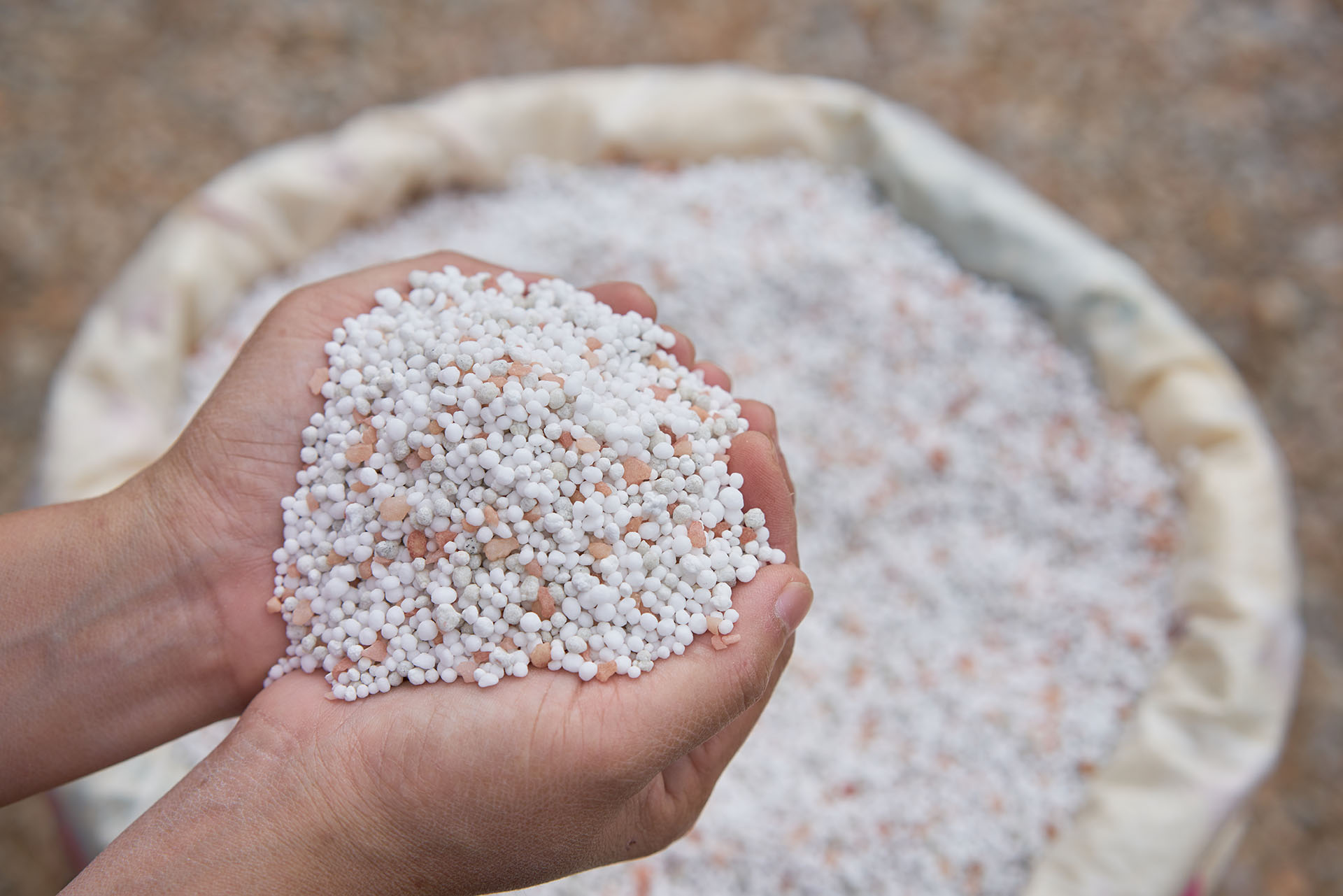
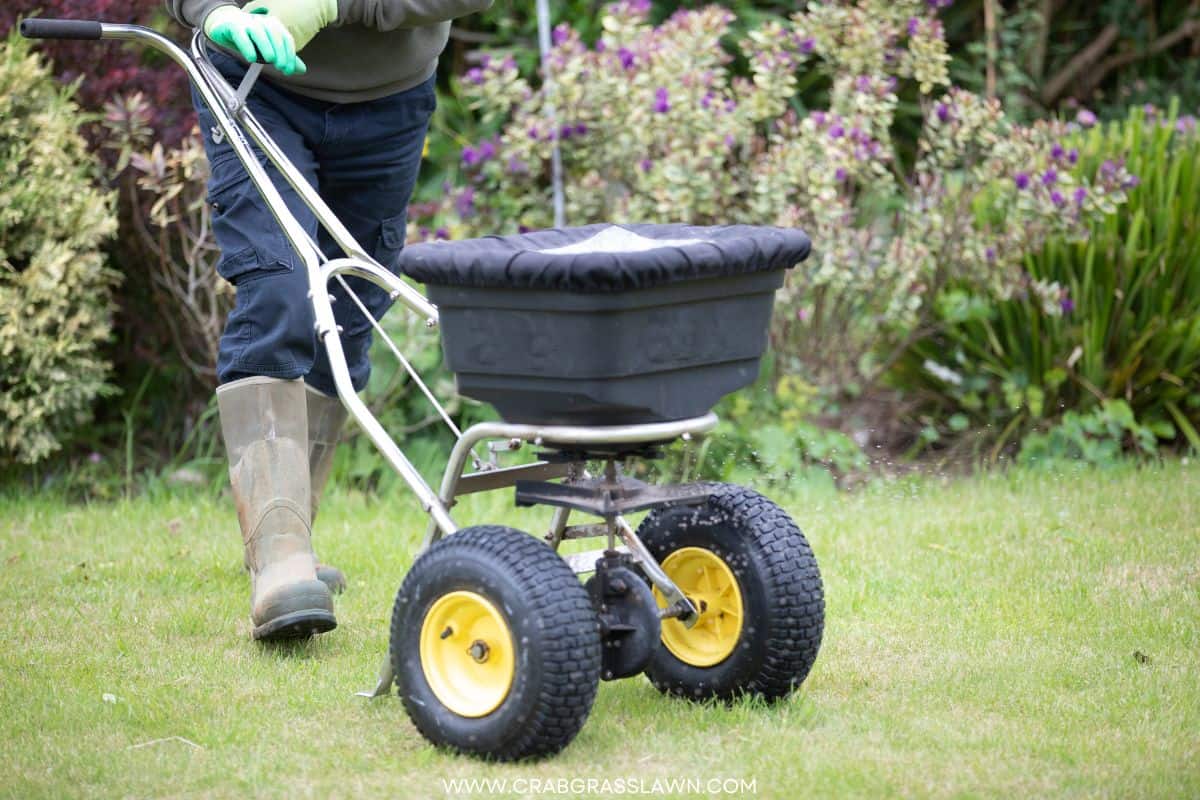
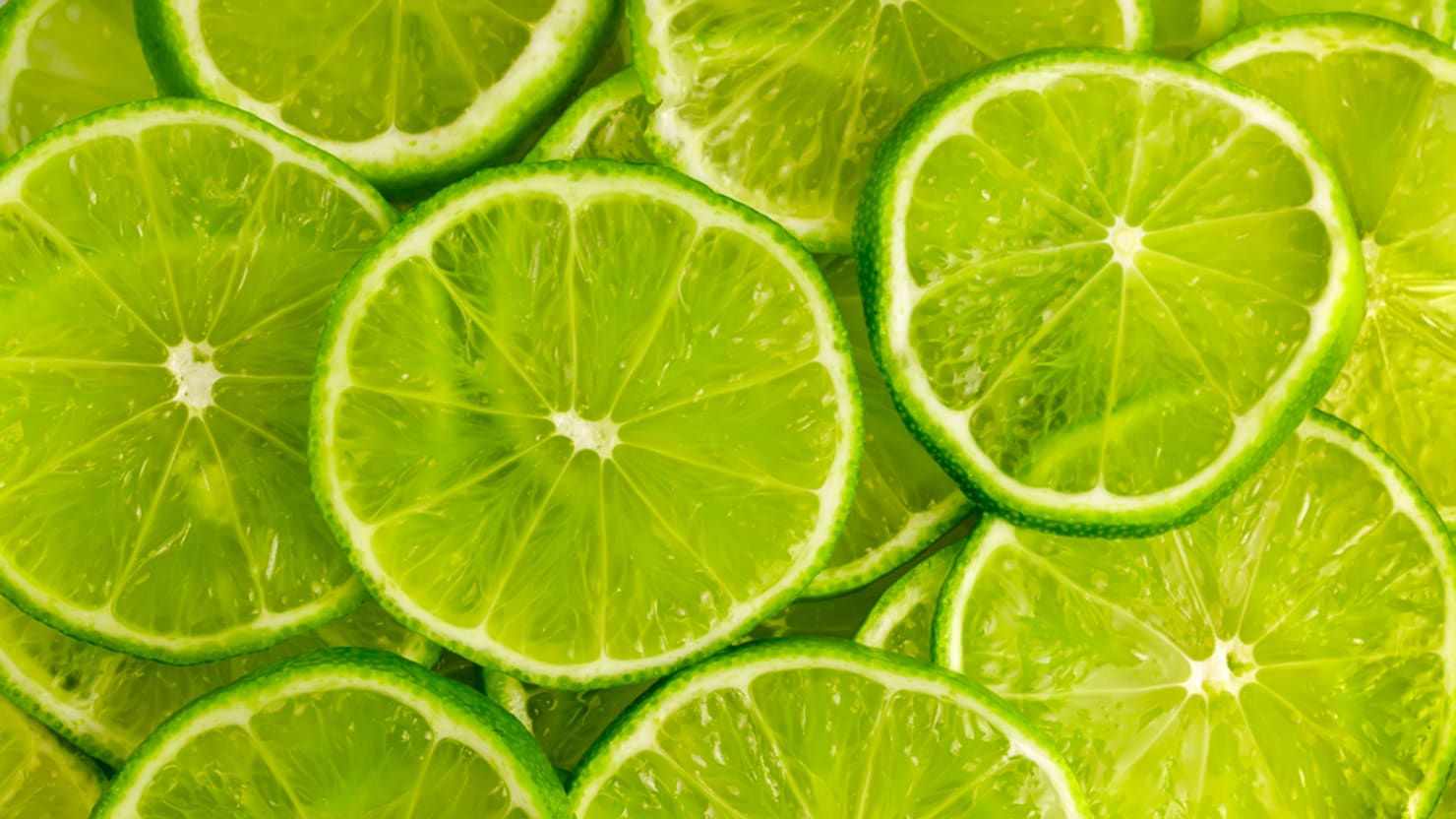
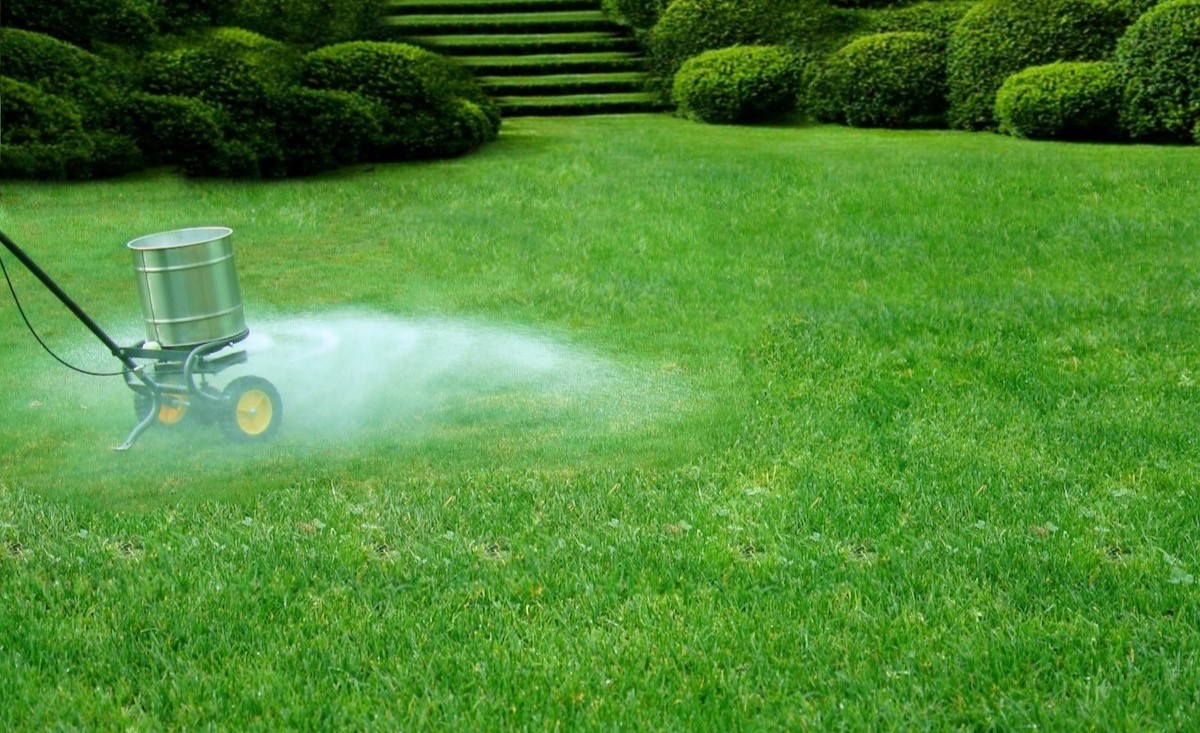
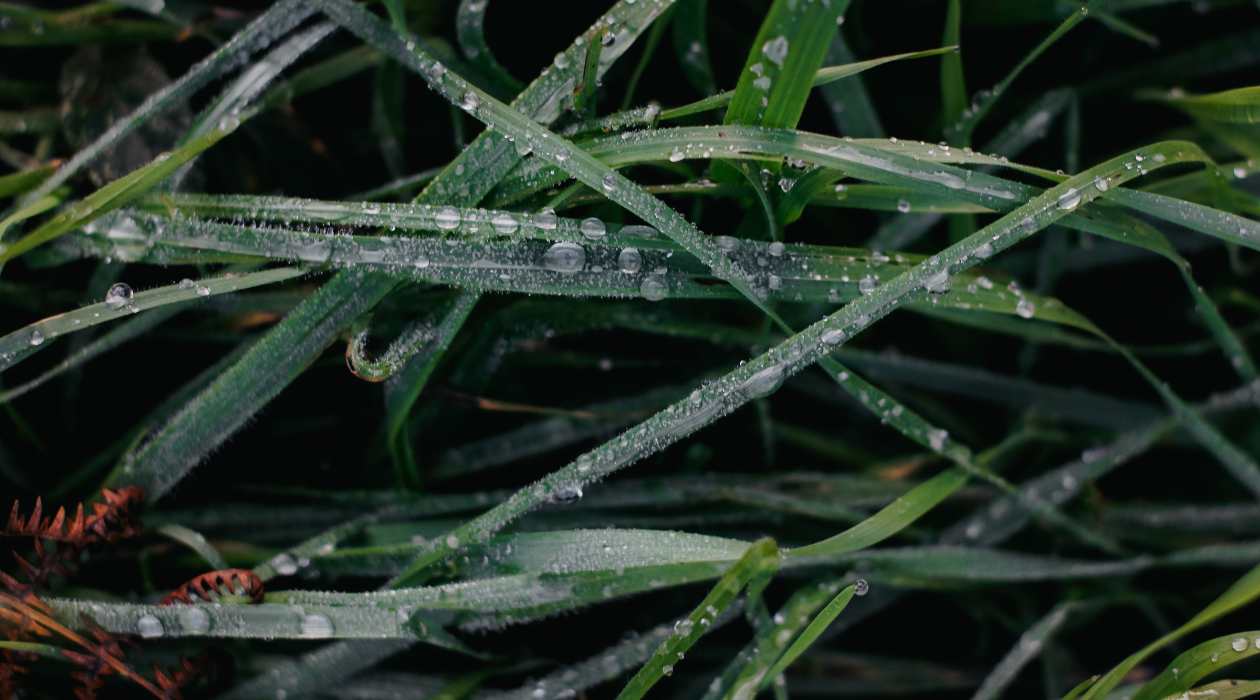
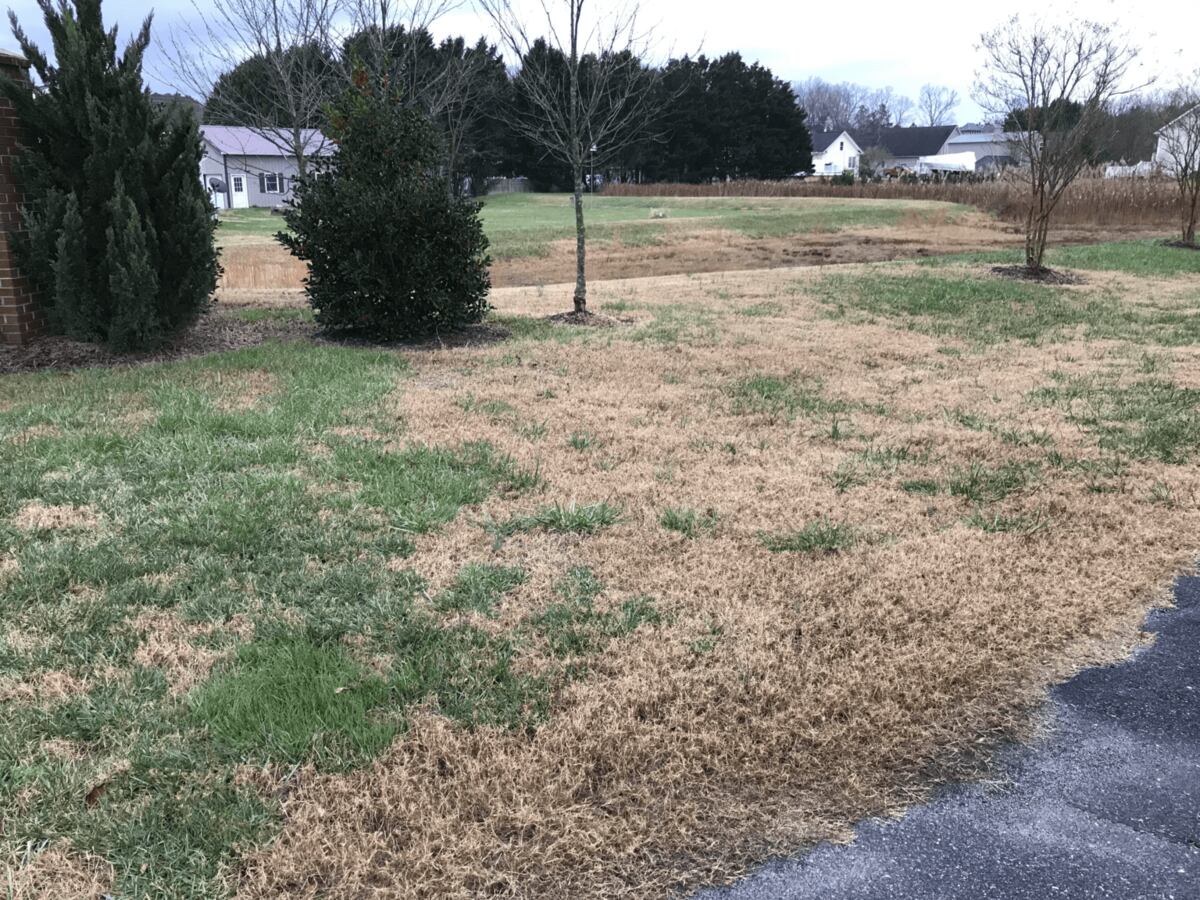
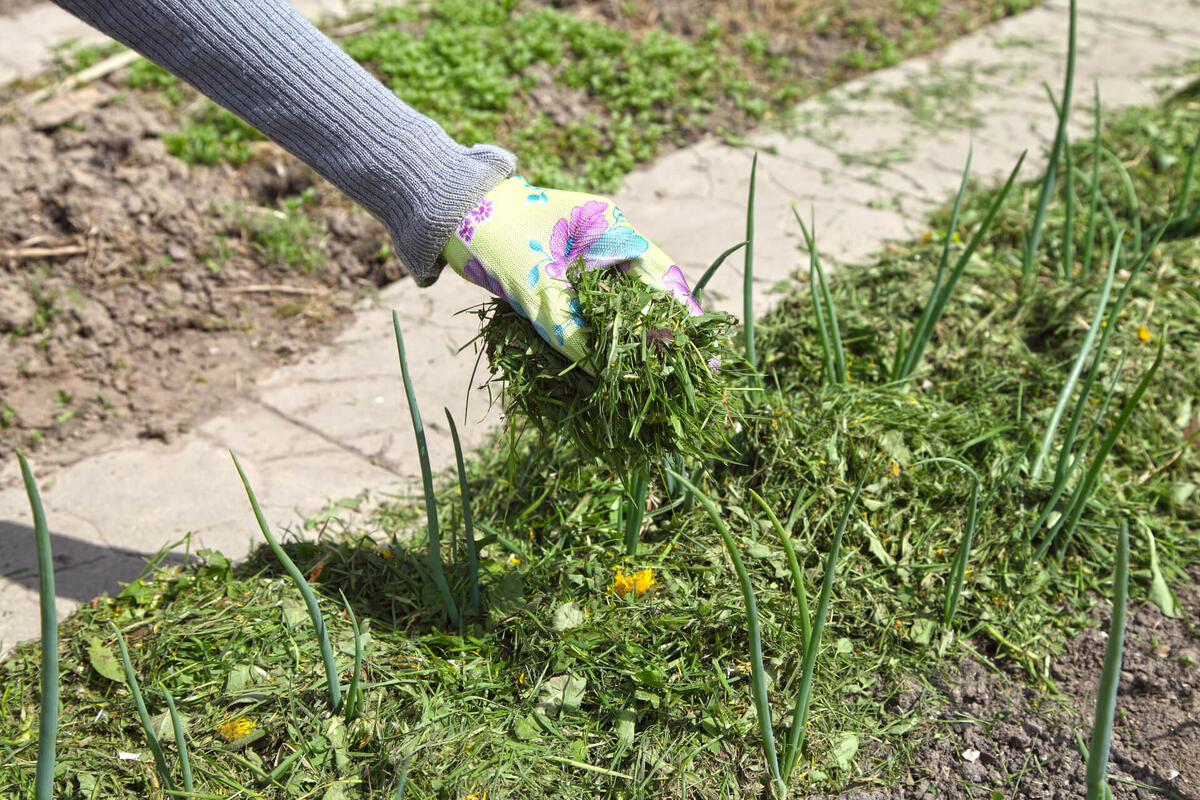
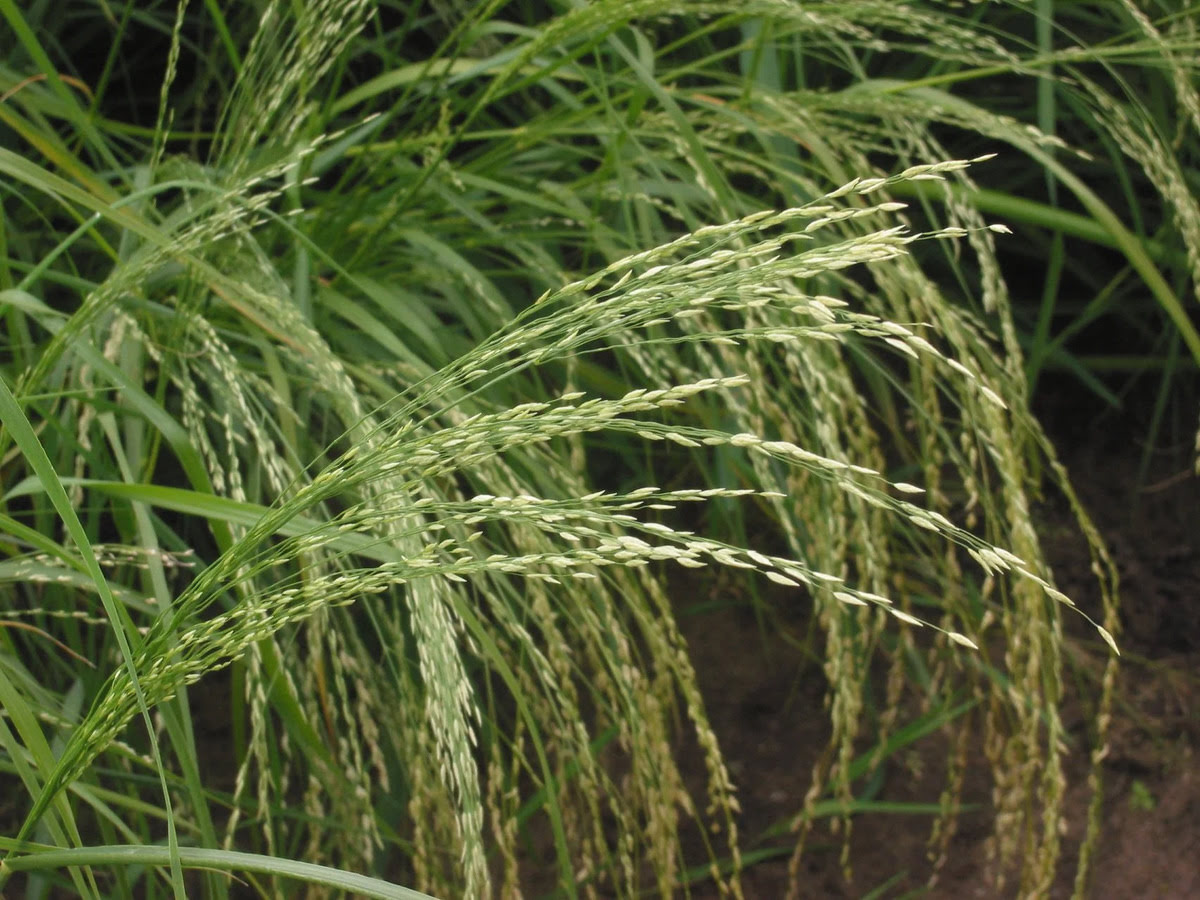
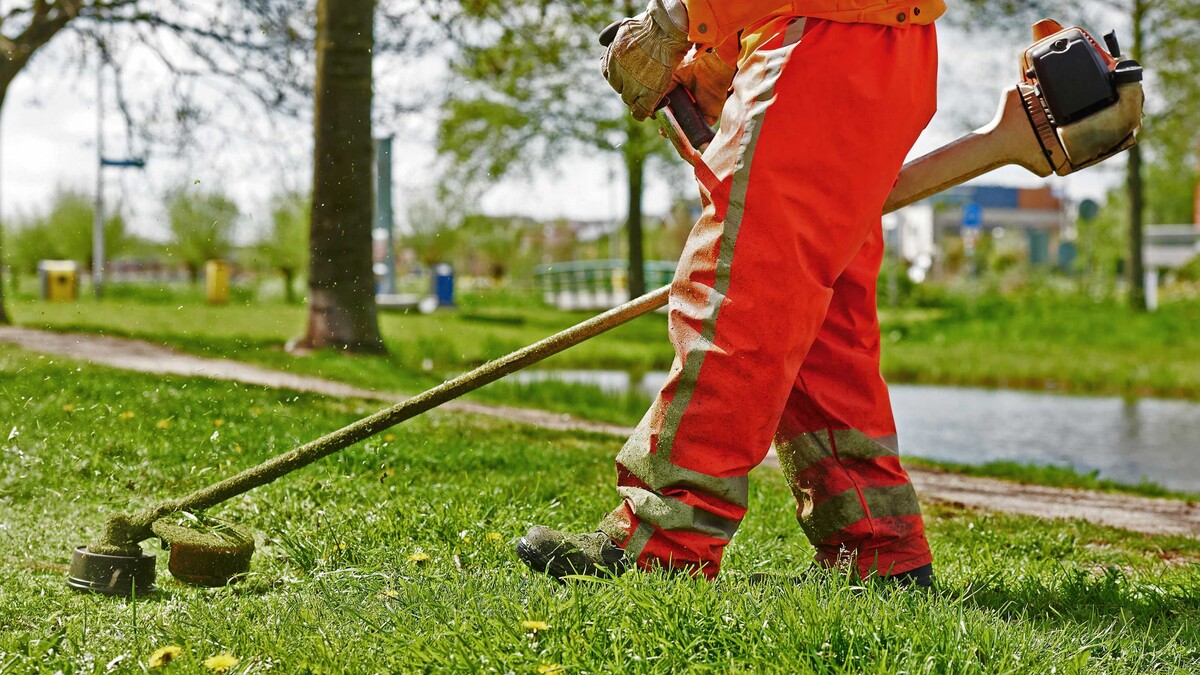
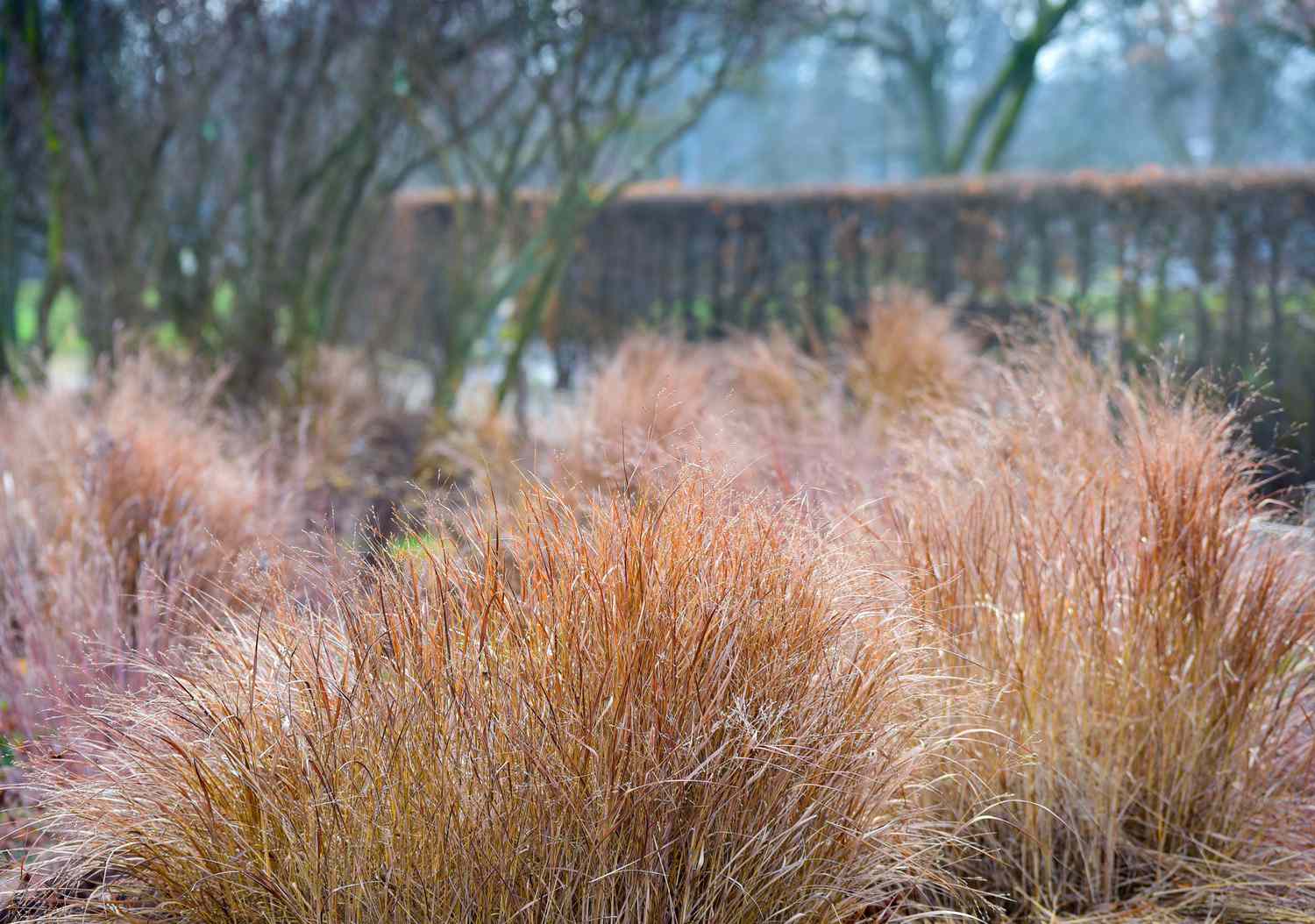
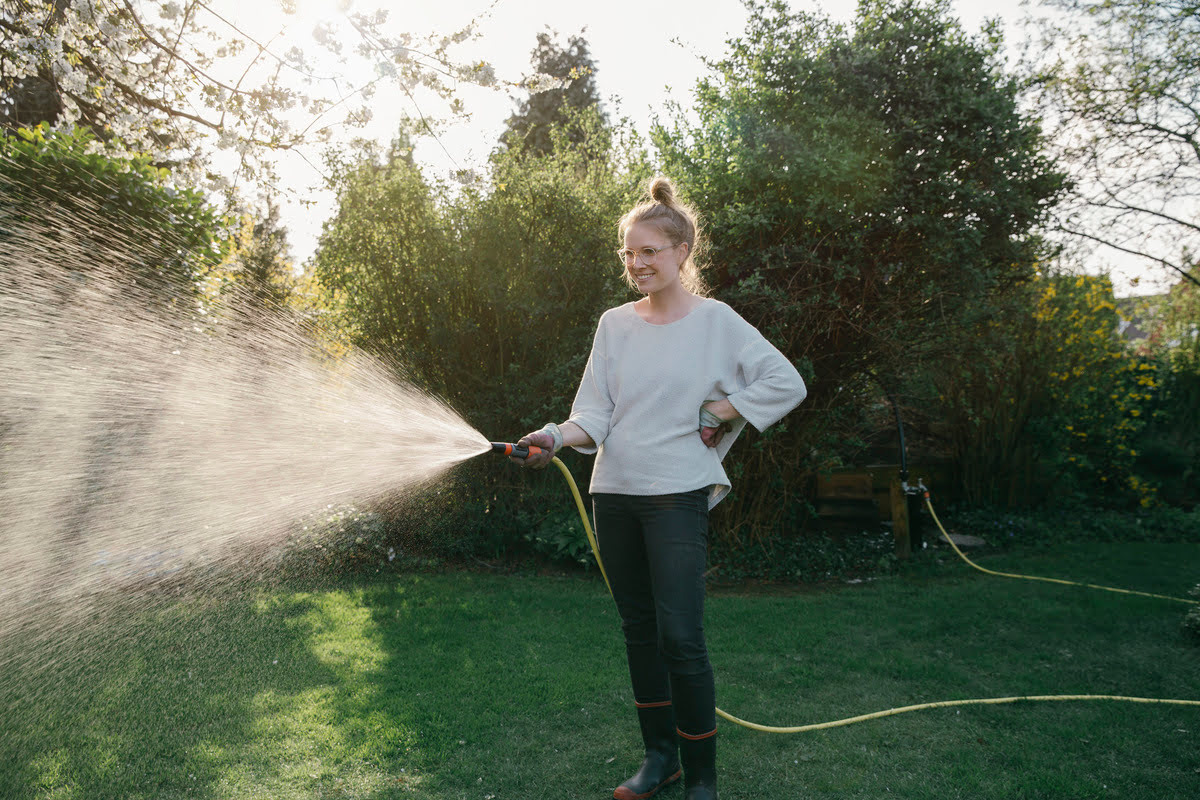
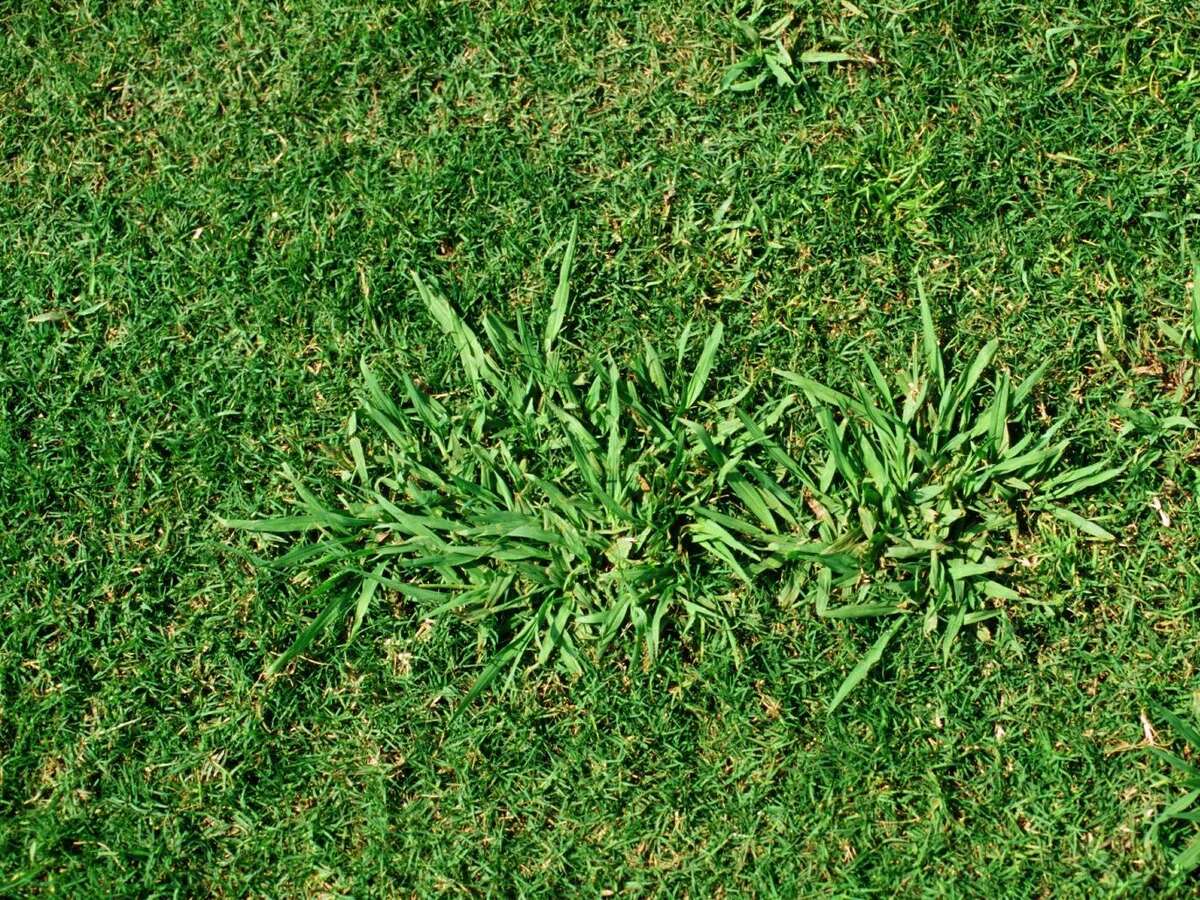
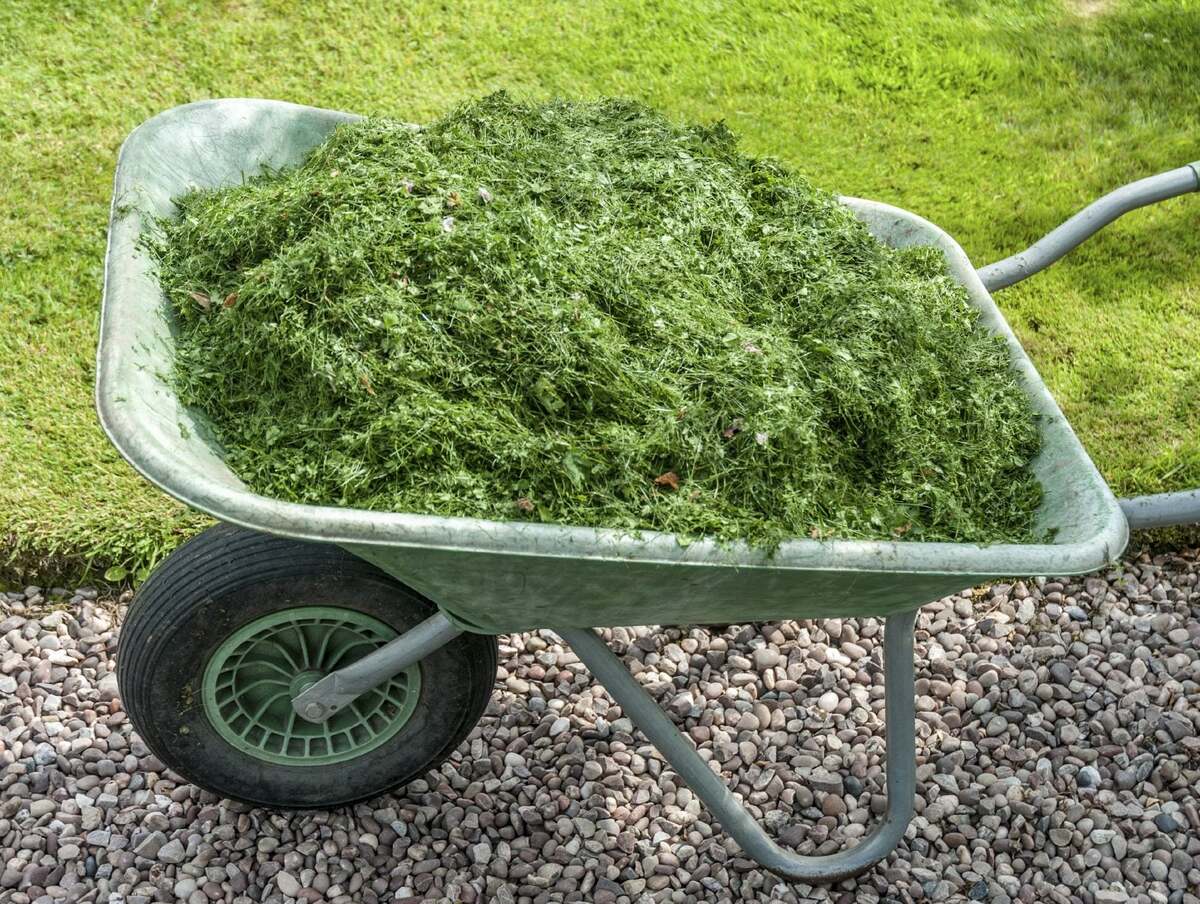
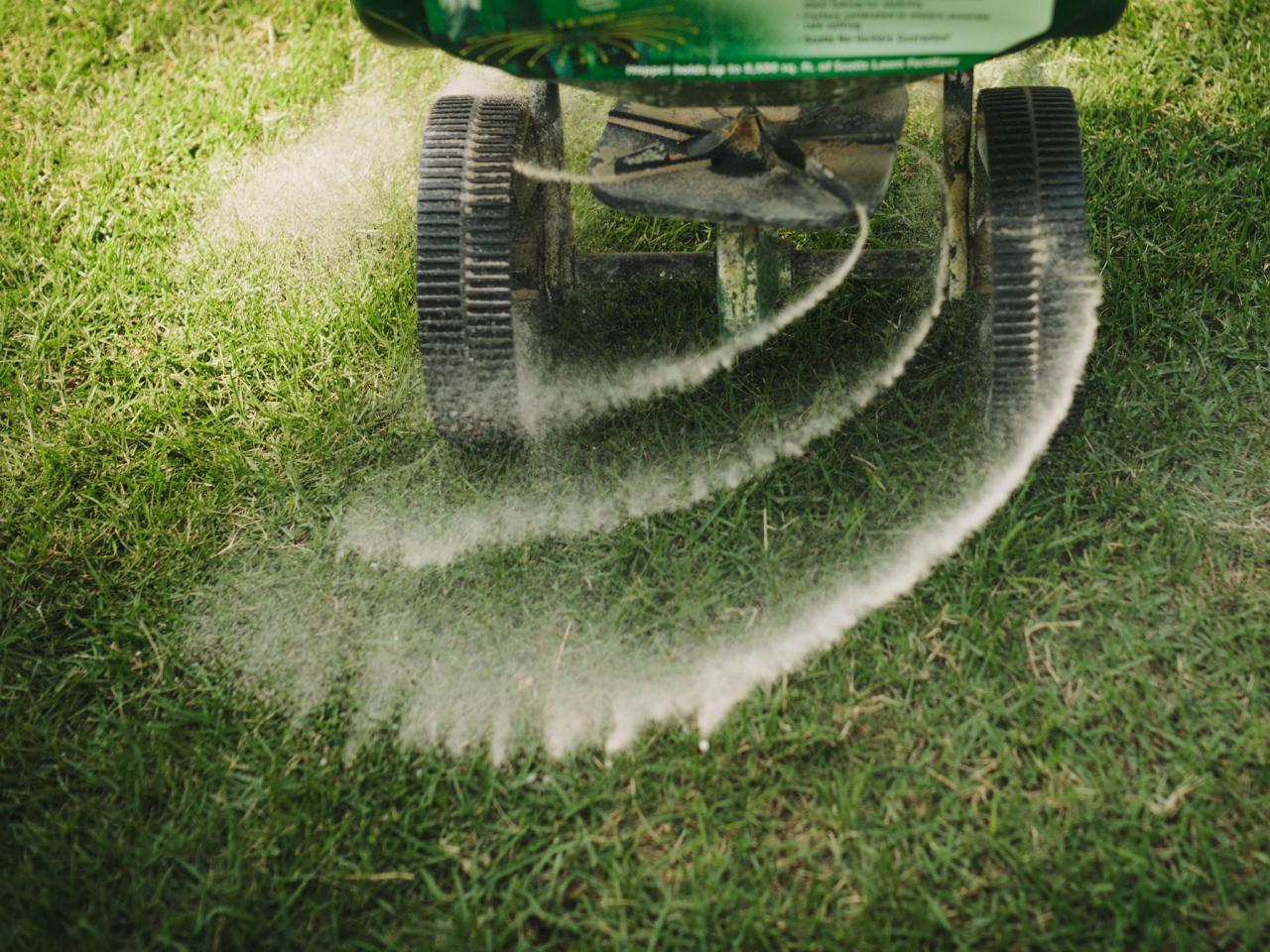

0 thoughts on “When To Lime Grass”